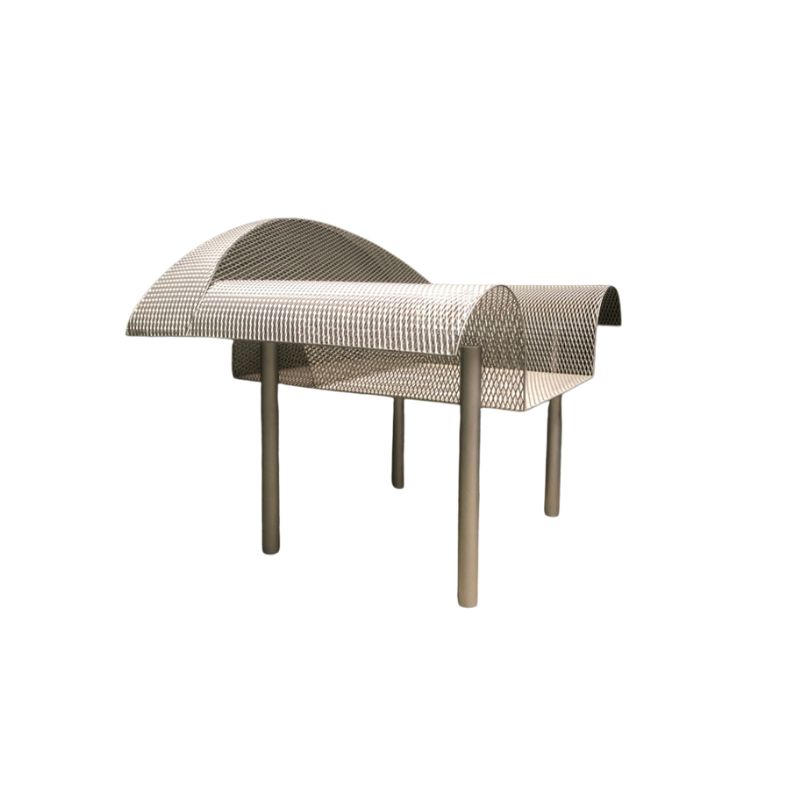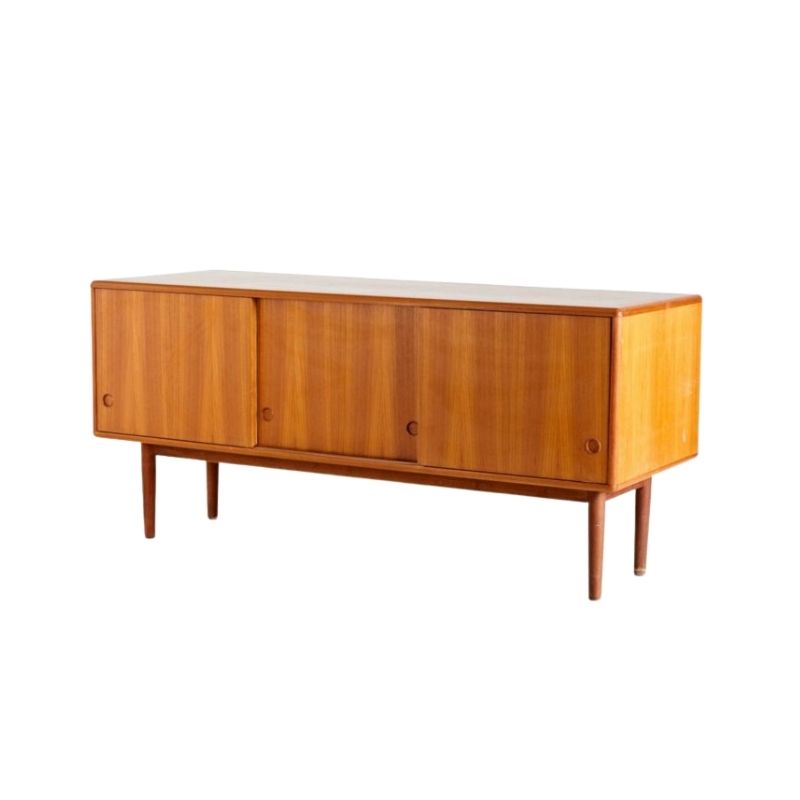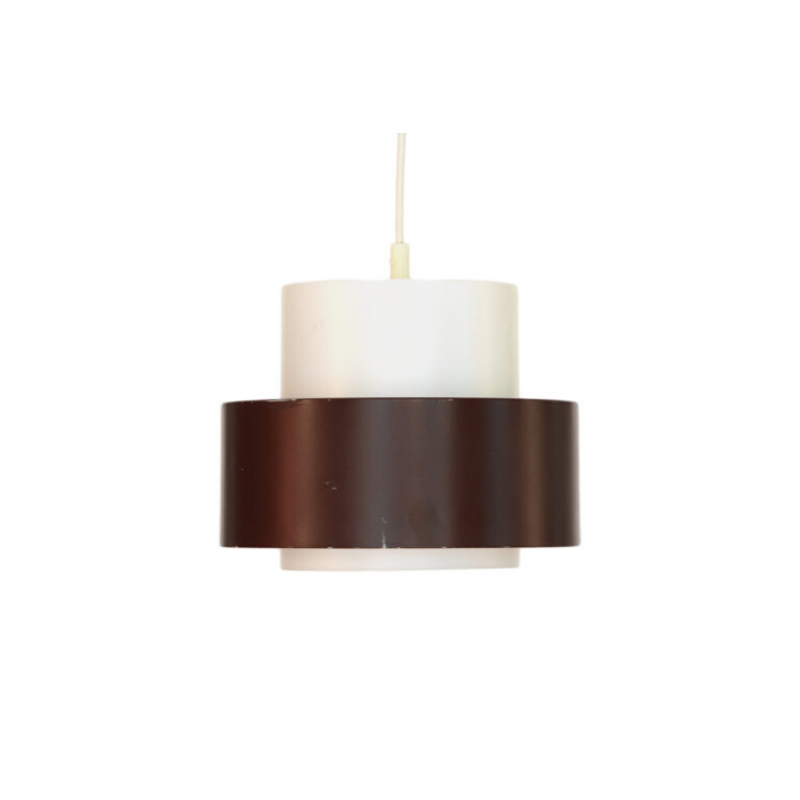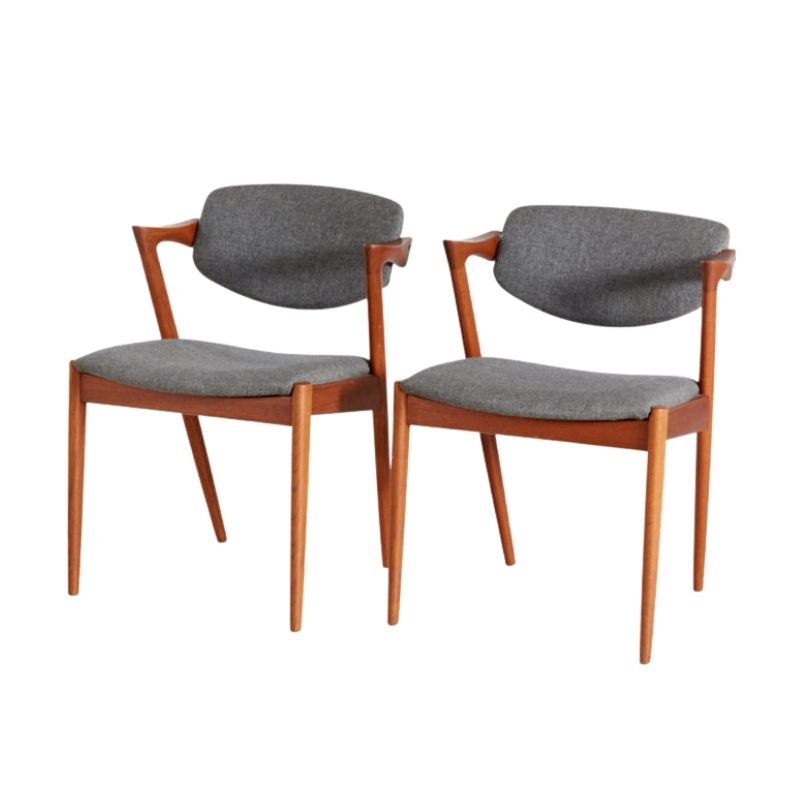I just brought home a vintage shell that I like. I want to do this shell justice and restore with a kind hand...
You will find on this forum and others many techniques for shell restoration.
I've never restored an Eames shell, but I've read "chairfag" and so on so I know there's a popular trend towards penetrol to get your worn shell all uber glossy.
On the other side of the divide are those who say "polish with Carnuba wax and call it a day." They are usually the proud owners of shells without exposed fibers but I still respect the self-restriant. I'm thinking my chair does not fall into that category.
Most recommend a wet sanding with a high grit sandpaper, which seems to me like a shot in the foot given the fact that you are exposing more fibers. Sometimes this is to smooth an uneven surface, remove yellowing, staining, etc. I think this would necessitate an application of a protective coating afterwards. My shell has white stands on a dark color, possibly making that less of a good idea.
I've also seen it mentioned that despite the common view that shells were gel-coated (I even found a claim that Zenith gelcoats had pigment), others may tell you that the idea of an original gelcoat is a kind of "Eames myth." If that's true, then we're trying to restore the original luster of what, exactly? Anyone know?
Here is what I would like to achieve with a restoration, given the condition of the chair:
1. Remove any discoloration that may be on the top surface layer (*slight* yellowing in places? dirt or stain/discoloration maybe, not sure)
2. Appropriately address the hollow grooves on surface from missing strands, and seal in exposed strands.
The chair surface feels rough to the touch (normal for all shells from the early 50's?) This is because of the issue with the strands only. However, the overall sheen of the chair is *nice*.. you might even say shiny. There are no consistently rough or matte areas on the chair. So I'm not sure where that leaves me with a restoration technique. I don't want to do anything that would create a gloss finish above and beyond the original, but I would like to fill in the grooves from missing stands, protect exposed ones, etc.
I found a reference to "Krylon Crystal Clear" which might do something like that.. possibly less of an aggressive gloss than Penetrol, I don't know...
I think the pros out there usually make a call on what direction to go based on the age and wear. All shells are different. I can upload a close-up if you need, but for the shell I described, can someone knowledgeable chime in with some product ideas I may not have come across, a technique that might fit the plan above, or share some personal observations on shell preservation / rejuvenation to get it a step closer to the original luster, without overstepping?
I've not done this, but . . .
does anyone ever clear-coat these shells, when the fibers are exposed and distressed, with something like lacquer or polyurethane ?
If not the whole chair, then just the distressed areas ? It could be a matte finish, which might then be waxed, or whatever.
I can't believe that anything less would capture and seal the fibers effectively.
Anyone ?
Penetrol
People tend to get heavy-handed with Penetrol. One of it's intended uses, according to the spec sheets and the can, is "to condition fiberglass".
If you use a light coat of it and buff it as directed, it dries quickly and you can always add additional coats. Done properly, it doesn't look out of the ordinary at all.
I think people tend to try to slap a thick "gel coat" on. It looks terrible and feels sticky.
I'm not a regular user but have had great success in the past.
For cleaning the shells, I've had great results using a thick paste of Comet cleanser and a kitchen sponge. I just smear it around and let it sit for a while, scrub it lightly and rinse. You can repeat the process as needed. It's not too abrasive and it helps get embedded dirt out.
Hope this is helpful - there are obviously a million opinions on all of this and this is just another.
loft24, thanks. I was...
loft24, thanks. I was wondering about that the whole time I was looking at photos of chairs before and after penetrol... one coat without a thick build has a more restrained sheen..? And offers protection obviously, which is key. Any experience over time with the yellowing? It's oil based right? The comet idea sounds good - on another board someone used "soft scrub" which is similar. The color of my shell is grey but I'm not sure if that grey has shifted due to discoloration... the fibers might be slightly yellow. So before I seal it I'd like to be sure it's as close to the original color as possible... that may mean a product with some bleach in it...
The color you're talking abou...
The color you're talking about sounds a lot like Greige, which is a grey-beige. There's also a "Greige Light". Both of them are grey with a little bit of yellow.
Part of the beauty of the vintage shells is their imperfections and visible fibers. I say clean them up so they're not "dirty", but keep them as-is as much as possible. If you want something pristine go with the new plastic ones.
bgillete, I agree, vintage...
bgillete, I agree, vintage fiber shells can be really beautiful. This shell is probably elephant grey but I was attempting to describe a very subtle discoloration of the white fibers - not anything big but not anything I want to seal in either. Then there's the pitting from lost fibers and raised/exposed ones... But yeah, I'm close to just leaving as is...
Use a mild abrasive cleaner...
Use a mild abrasive cleaner with a kitchen sponge. Some dirt will (only) disappear with turpentine and / or acetone. Beware that the normal satin finish of the shell will get a bit mat. If your shell has real sticky stains you will need to WET sanded it. Yes, your shell will get even more mat after sanding.
You can partial restore this with a bit penetrol or (even better) epoxy, but it will not have the original texture.
If you need any help, please contact us at – info@designaddict.com









